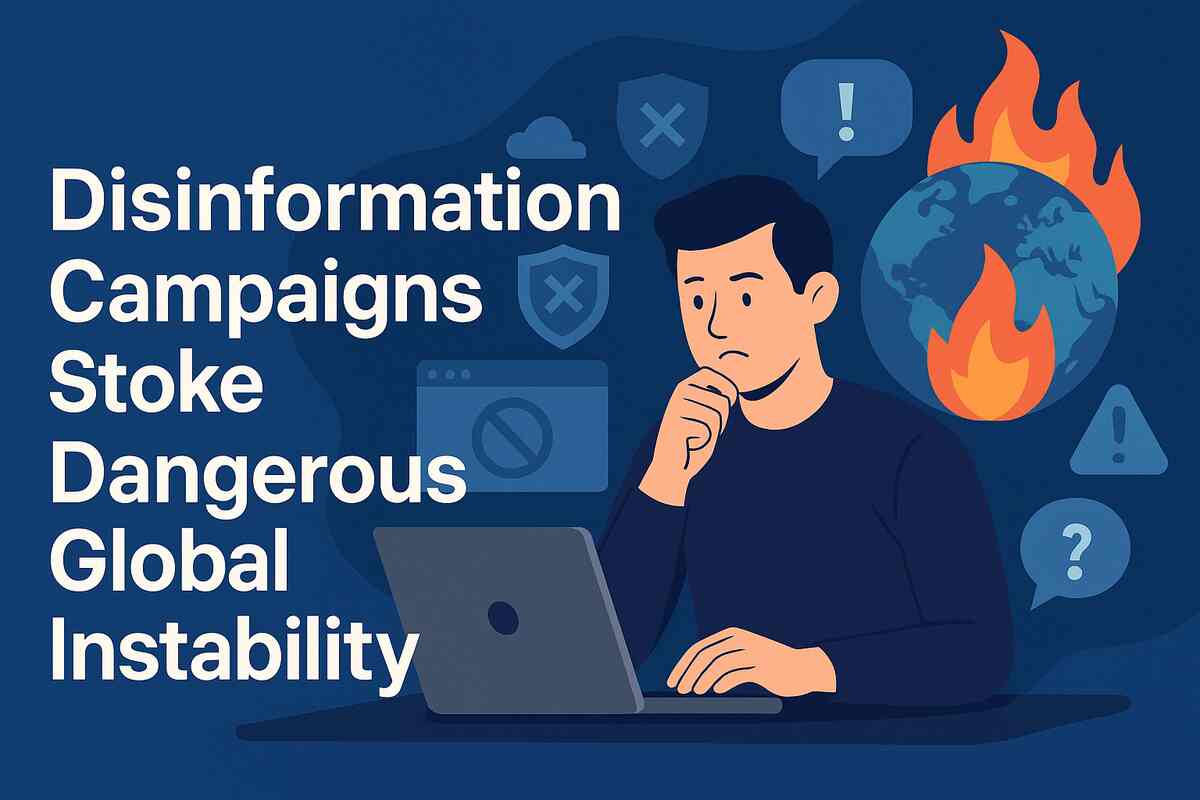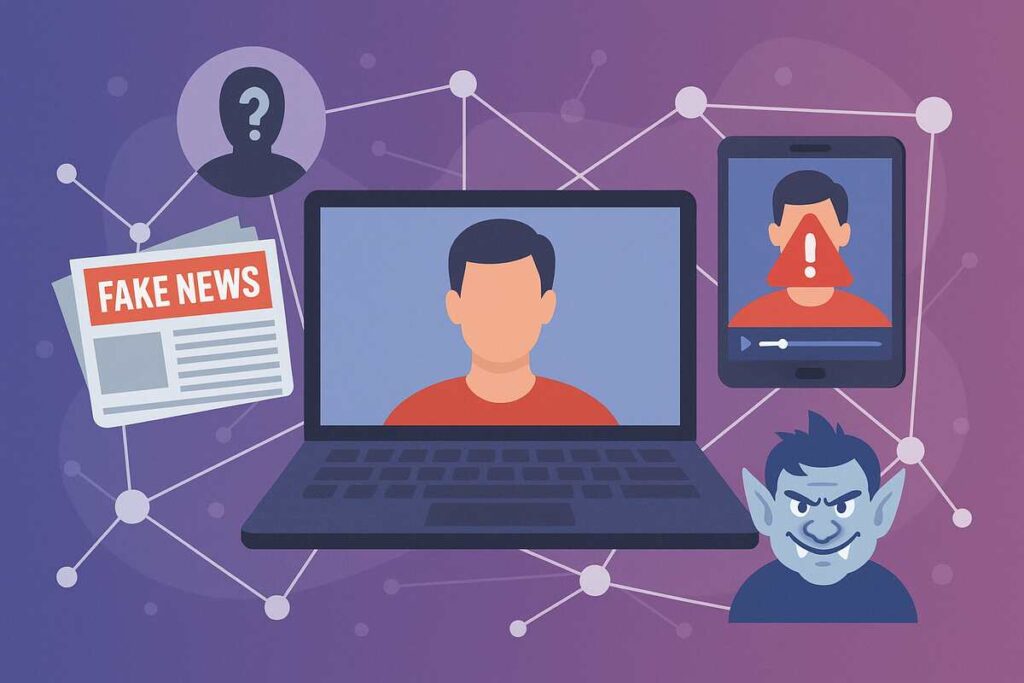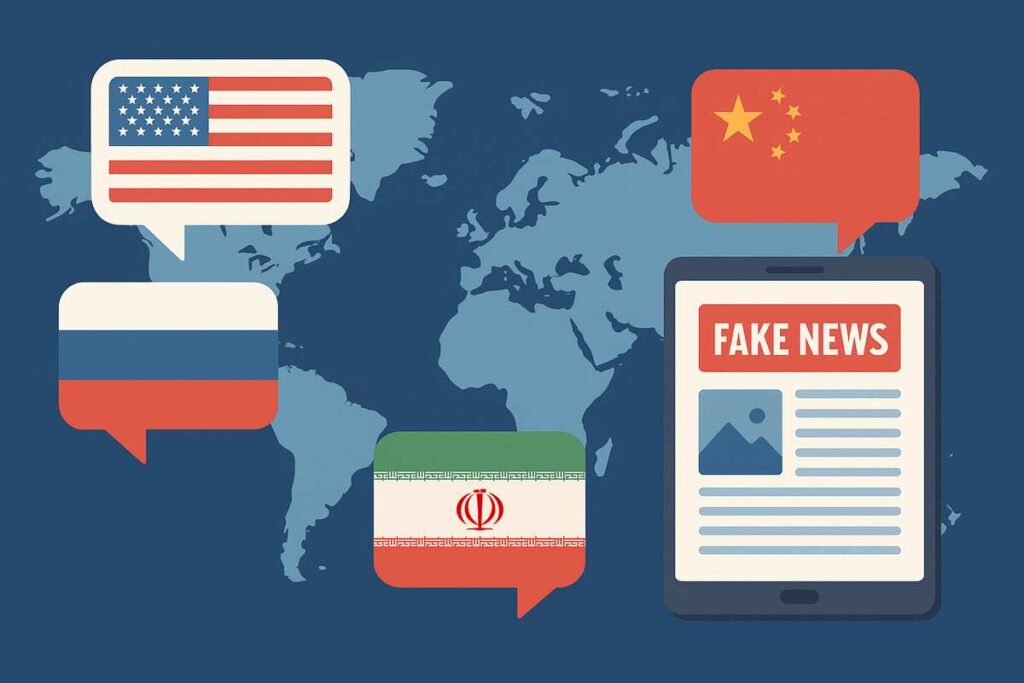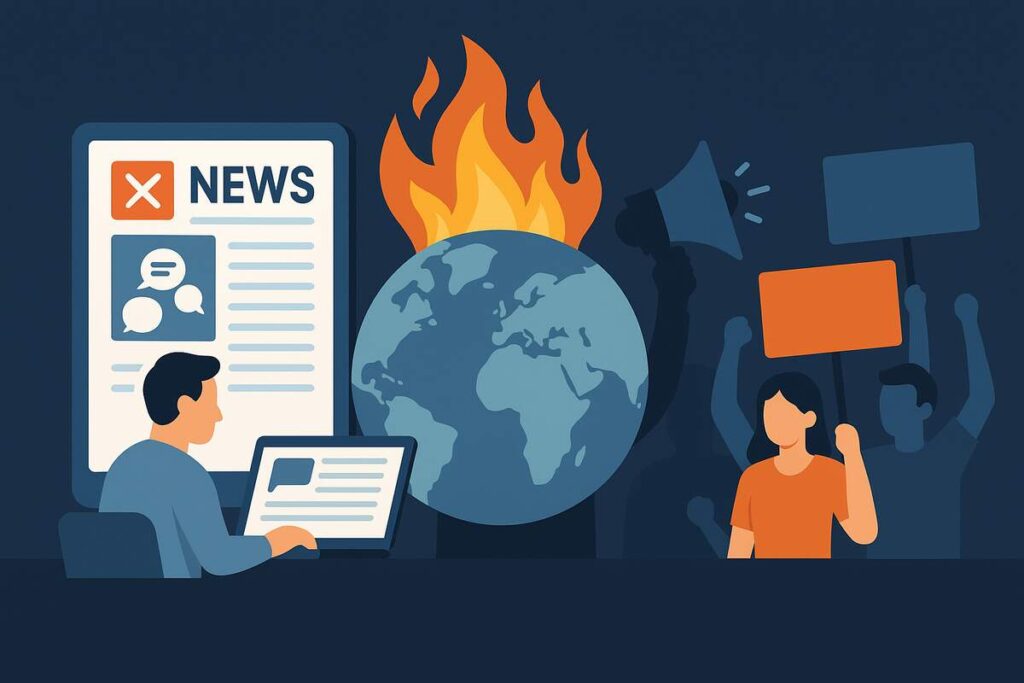Physical Address
304 North Cardinal St.
Dorchester Center, MA 02124
Physical Address
304 North Cardinal St.
Dorchester Center, MA 02124

In an era where truth often takes a backseat to virality, disinformation campaigns have become one of the most disruptive forces in global affairs. From influencing elections and inciting violence to destabilizing governments and undermining public trust, the rise of disinformation has escalated into a geopolitical weapon of mass manipulation.
This article explores how disinformation campaigns operate, why they’re so effective, and the dangerous consequences they pose for democratic societies, global stability, and digital security.
Disinformation campaigns are deliberate efforts to spread false or misleading information with the intent to deceive and manipulate public perception. Unlike misinformation—which is false but not always intentional—disinformation is strategically designed, often by state or ideological actors, to distort reality and achieve political, social, or economic goals.
According to the RAND Corporation, disinformation is “truth-adjacent,” making it more difficult to detect and counter.

Disinformation is no longer the crude propaganda of the past. It has evolved into a multifaceted, AI-powered, data-driven enterprise.
These campaigns often target sensitive societal rifts—race, religion, elections, pandemics—amplifying division with calculated precision.

The 2016 U.S. Presidential Election highlighted how disinformation campaigns can be used as a digital Trojan Horse. The Mueller Report revealed extensive Russian efforts to sow discord, including:
These actions eroded public trust and polarized discourse—without firing a single shot.
During the early days of the pandemic, disinformation campaigns allegedly backed by Chinese entities spread contradictory narratives about the virus’s origin and effectiveness of vaccines. This strategy:
According to Reuters, thousands of fake accounts promoted alternative COVID narratives globally.

Disinformation doesn’t just distort facts—it destabilizes entire systems. Here’s how:
The result? A chaotic information ecosystem where truth is fragmented and consensus becomes elusive.
Disinformation campaigns have direct economic consequences too. Companies face:
From a cybersecurity lens, disinformation can be paired with phishing attacks, ransomware, or data theft, creating layered, hybrid threats that are difficult to defend against.
Despite increasing digital literacy, disinformation thrives due to several psychological and algorithmic factors:
The Harvard Kennedy School emphasizes that even debunked stories continue to influence behavior, especially when emotionally charged.
No group is immune, but disinformation campaigns often target:
In regions with weak press freedom or authoritarian leanings, disinformation becomes a state-sponsored tool of oppression.
Tech companies like Facebook, X (Twitter), and YouTube have begun:
Yet, enforcement remains uneven and opaque, especially across languages and regions.
Empowering citizens to recognize disinformation is key:
Countries are exploring regulatory frameworks, such as:
The balance between freedom of speech and public protection is delicate—and evolving.
No. They can target health, science, religion, economics, or any area of public interest to destabilize trust or gain influence.
Yes. Deepfakes and synthetic media can mimic real people and voices, making it harder to distinguish truth from fabrication.
From undermining elections to inflaming civil unrest, disinformation campaigns are reshaping the geopolitical landscape with unprecedented force. As societies grow increasingly reliant on digital information, the battle for truth has become more urgent, more complex, and more dangerous.
If left unchecked, disinformation will continue to fracture societies, erode democratic institutions, and fuel dangerous global instability—one viral lie at a time.